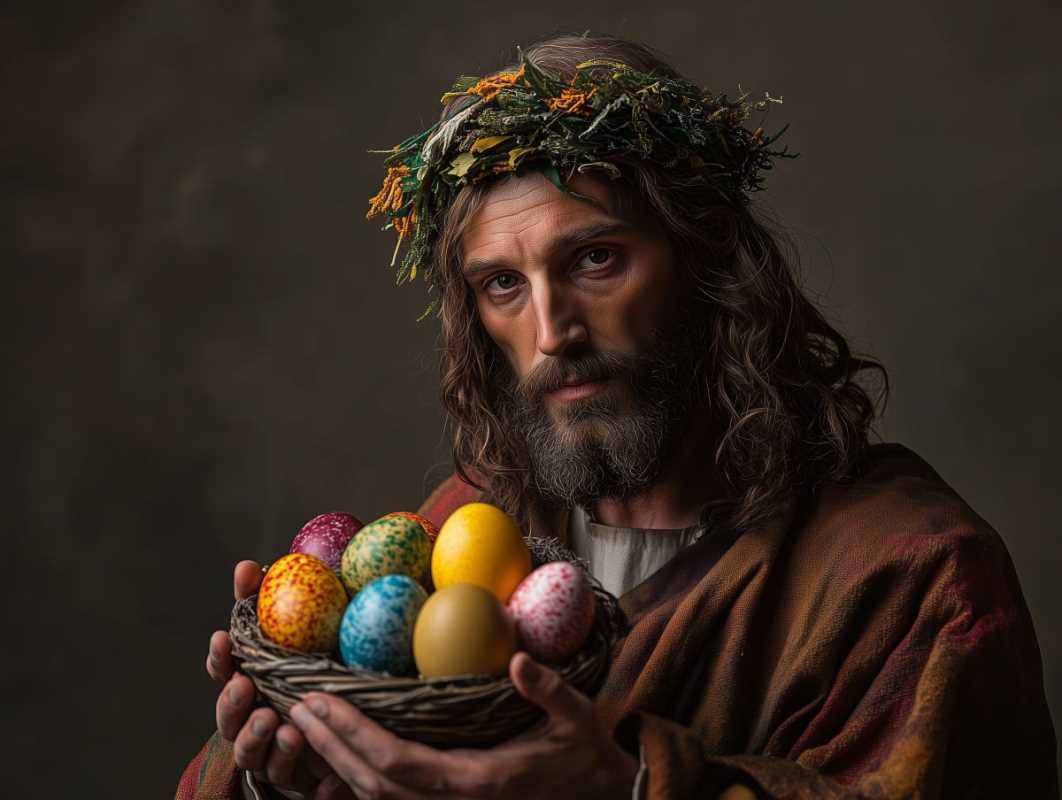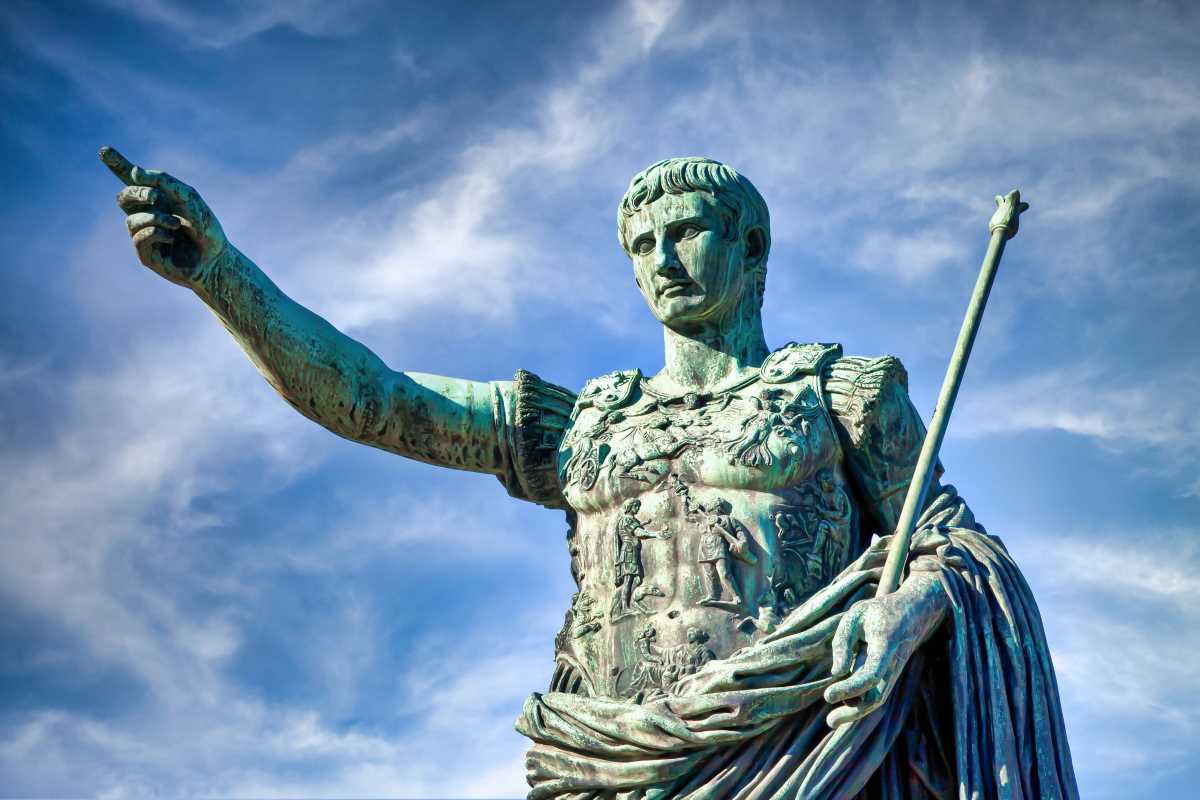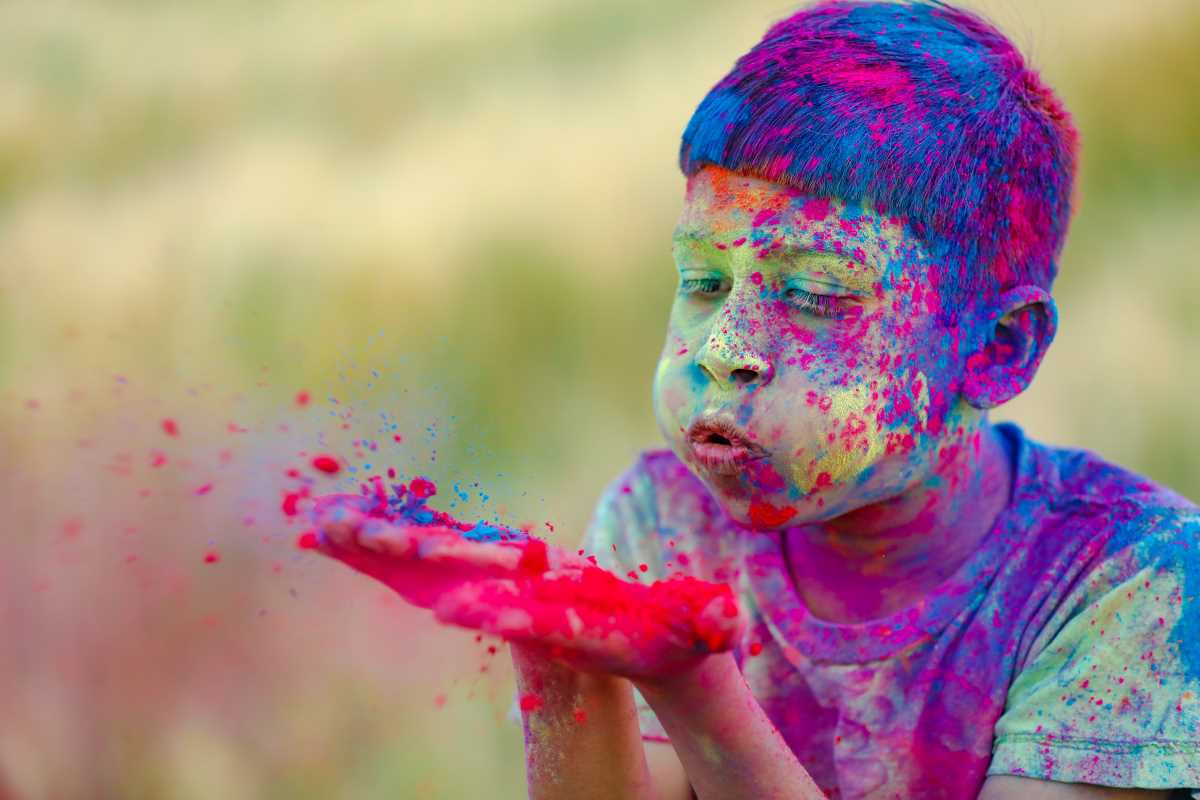History is packed with strange and fascinating traditions that feel almost otherworldly by today’s standards. Ancient societies all over the globe performed rituals meant to honor their gods, protect their people, or explain life’s mysteries. While these practices often made sense in their cultural context, to modern eyes, they can seem downright bizarre. From symbolic ceremonies to elaborate sacrifices, ancient rituals reflected the values and beliefs of the people who practiced them. Though some rituals have faded into obscurity, their stories teach us about humanity's connection to death, life, and the divine. Buckle up as we explore some of history's most captivating ancient rituals. You might find yourself both intrigued and unsettled.
The Sacrificial Burials of the Scythians
The Scythians were fierce nomadic warriors who roamed the vast Eurasian steppes over 2,500 years ago. Archaeological evidence points to their elaborate burial customs, where they honored the elite with grand funerary mounds known as kurgans. These burials often included human sacrifices, typically in the form of slaves, who were believed to serve their masters in the afterlife. Additionally, horses, central to Scythian life and warfare, were sacrificed and buried alongside humans, further cementing their role in both life and the spirit world.
It’s worth noting, however, that claims of ritualized cannibalism lack strong evidence and are largely speculative. Herodotus, the ancient Greek historian, mentions some strange Scythian practices, but whether or not they consumed human flesh as part of any ritual has not been confirmed by archaeology. What we do know is that their funerary customs displayed deep respect for the dead, symbolizing the continuation of roles and relationships in the afterlife.
The Egyptian "Opening of the Mouth" Ritual
The ancient Egyptians firmly believed in an afterlife where the soul would continue to live and thrive. To prepare for this eternal existence, they performed the “Opening of the Mouth” ritual. This sacred ceremony was considered essential to reanimate the sensory abilities of the deceased, allowing them to eat, drink, see, and speak in the next world.
During the ritual, priests, often dressed as the god Anubis, used symbolic tools like an adze (a sharp tool similar to an axe) or the peseshkef (a special knife used in childbirth) to ceremonially "open" the mouth, eyes, and ears of the mummy or a statue of the deceased. The process involved offerings, chants, and even the symbolic sacrifice of a calf. For the Egyptians, this wasn’t just superstition; it reinforced their belief that life could continue beyond death, provided the proper steps were taken.
Saturnalia – The Wild Festival of the Romans
The Roman festival of Saturnalia was equal parts winter holiday and wild carnival. Held in honor of Saturn, the god of agriculture, this week-long celebration upended social norms. Masters served their slaves, gambling flourished openly, and everyone reveled in feasts and gift-giving.
Perhaps the most unique part of the festivities was the election of a "King of Saturnalia," usually a servant or low-ranking person who was allowed to issue absurd commands like wearing silly clothing or singing in public. By the time of the Roman Empire, Saturnalia shifted from sacrifices to a focus on festivity. Over time, aspects of this wild holiday influenced some of the traditions we associate with Christmas today.
The Oracle of Dodona
Although the Oracle of Delphi often gets more attention, the Oracle of Dodona in ancient Greece was equally fascinating and much more unusual. Dedicated to Zeus, this site relied on the natural world to deliver divine messages. Worshipers would listen to the rustling of oak leaves or the clanging of hanging cauldrons as the sounds were interpreted by priests as the words of Zeus himself.
People would pose their questions, and the priests would provide answers based on these noises. While it may seem odd to us, it reflects the Greeks' belief in a living universe, one where the gods could communicate through all elements of nature. If you think of it as an ancient symphony of divine whispers, it starts to become less strange and more poetic.
Xipe Totec and the Aztec Ritual of Renewal
The Aztecs had intricate rituals dedicated to their gods, many of which involved human sacrifice. One of the most striking ceremonies was held in honor of Xipe Totec, the god of fertility, renewal, and agriculture.
During this ritual, sacrificial victims were flayed, and priests wore their skins as garments. This act symbolized the shedding of old life and the renewal of growth, much like crops sprouting from the earth. It’s true that these rituals were grisly, but there’s no solid evidence that headless dancers played a role in them, as some accounts claim. What we do know is that the elaborate ceremonies reflected the Aztecs’ deep reverence for the cycles of nature, even when expressed in ways that seem macabre to the modern observer.
The Viking Blood Eagle – Fact or Fiction?
The Blood Eagle is one of the most brutal and debated rituals associated with the Vikings. According to Norse sagas, this method of execution involved cutting open the victim’s back, breaking the ribs to resemble wings, and pulling out the lungs. This was supposedly performed as a sacrifice to Odin or as a punishment for betrayal.
Many scholars believe the Blood Eagle may be more myth than reality. Descriptions of the ritual mainly come from literary sources written centuries after the Viking Age and could have been exaggerated or symbolic rather than literal. Whether real or fictional, the imagery of the Blood Eagle certainly cements the Vikings' reputation for fierce storytelling and their devotion to honor and the gods.
The Living Dead of Toraja
The Toraja people of Indonesia have burial rituals that continue to fascinate and unsettle. Unlike most cultures, they don’t view death as an immediate departure. Instead, when a family member dies, they are considered "sick" or "resting" and remain in the home for weeks, months, or even years. During this time, the family cares for the body as though the person is still alive, offering food, clothing, and even cigarettes.
When the body is finally buried, the funeral is a grand celebration involving music, dance, and animal sacrifices. But that’s not the end. Every few years, the deceased are exhumed for a ritual called “Ma’nene,” where their bodies are cleaned, repaired, and dressed in fresh clothing. It’s a profound example of how some cultures view death not as a sharp divide but as a lingering transformation.
From interpreting the whispers of the wind to elaborate sacrificial ceremonies, ancient rituals reveal humanity’s attempts to connect with the spiritual and natural worlds. While these practices may seem bizarre to us today, they speak to universal human concerns: honoring the dead, understanding the divine, and ensuring survival. Even the strangest customs reflect the ingenuity and creativity of the people who performed them. By studying these rituals, we’re reminded of the vast range of human experiences and beliefs, and perhaps we find echoes of our own questions and fears in their ancient origins.
 (Image via
(Image via





